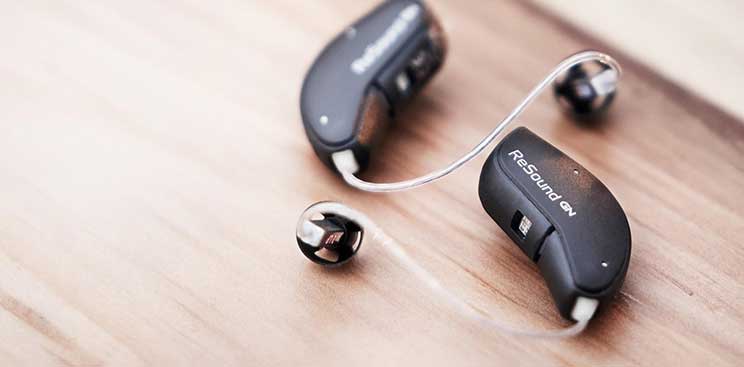Repairing Your Hearing Aids at Home

Our hearing aids help us hear the world of sound that we would otherwise miss out on. Hearing aids are delicate devices that need special care in order to function at their optimal level. Daily dirt and grime can have a negative impact on them, which is why it is important to become aware of cleaning techniques that you can take care of by yourself in the comfort of your own home.
Sometimes, your hearing aids may not function properly because they do not fit you properly. Fitting adjustment problems are one of the most common types of problems faced by hearing aid users. Especially for devices that are worn within the ear, fitting problems can result in air getting into the device, resulting in feedback, or may simply feel uncomfortable. You can try taking out your hearing aids and re-inserting them properly into your ears. If the problem still persists, you may want to consult your audiologist to see whether they can readjust the device or make a different earmold to suit your unique ear contours.
Another common problem faced by those with hearing aids is learning how to replace your batteries. This is not so much a problem as it is a matter of habit. Each hearing aid uses different kinds of batteries, so make sure you have a spare set of batteries that fits your hearing aid. Batteries are very easy to replace, and sometimes you may even be provided with a guide to replacing your batteries with your hearing aid kit. Remember never to open the tabs on your batteries before you use them since this would prematurely activate the batteries and shorten their life span. If you have difficulty replacing your batteries, talk to your hearing care professional about the proper replacement method.
Those who use behind-the-ear types of hearing devices, have tubes that connect the outer device to the inner part of the device. This tubing can sometimes become blocked or get twisted, which can prevent sound signals from entering your hearing device. You can effortlessly fix this problem by fixing a replacement tube in place of the damaged one. If you do not have any replacement parts ready, talk to your hearing care professional regarding replacements.
Another common problem that sometimes occurs with hearing aids is having difficulty with the sound quality. Sometimes a simple fix such as changing the volume may solve this problem. At other times, sound problems may result from air getting into your hearing device due to poor fitting (as mentioned above), resulting in feedback. Other times you may actually have a problem with your hearing aids which may malfunction if they come in contact with moisture or extreme heat. In this case, you may want to take your hearing aids to your audiologist to see if they need professional repair.
